I received this touching and inspiring email from Veronica Green from Ronnie’s Preschool. I knew immediately I wanted to share it with you all!
If you're working with autistic children or are interested in using puppets then this is especially for you.
In this post, Veronica, an early childhood educator, shares her experience as a parent.
But, please don't be fooled, you can for sure do something similar in your classroom!
I assure you the children standing or playing nearby will enjoy being on the periphery or will busily continue their work or play.
Introducing, guest blogger ,Veronica Green....
“Barb, I watched your webinar on social-emotional development and the use of puppets and books to help teach emotions.
Our son is on the autism spectrum and we have a tough time with him understanding and recognizing our emotions, as this is a struggle with most individuals on the spectrum.
I began to use his favorite books and talked about how the characters were feeling and it helped!
Just recently I had a magical moment at a difficult bedtime.
Our son was very upset and started to hit himself because he wanted something in particular and he couldn’t have it at that time.
He had recently become attached to a new sensory toy stuffy, called, “Chicky” so I said, “Chicky needs a hug.” He just continued to be frustrated and hit himself more.
But I was thinking about your webinar on puppetry at that moment, cause I didn’t know what to do, and I decided to push my personal boundary of not feeling comfortable using a puppet or, in this case a “stuffy,” and created a funny high voice for Chicky and said, “Joshua! Joshua!”
Joshua immediately stopped what he was doing and looked at his Chicky.
Joshua started to talk to him. I continued talking and communicating in that voice, pretending to speak as Chicky and my son told Chicky all about how he was feeling using his gibberish and inserting a few words that I could understand to get a sense of what he was saying.
Chicky has now come alive in our house and is an integral part of our daily life. Chicky has become key to helping Joshua stay “regulated” and Chicky is helping him learn about emotions.
I am an Early Childhood Educator and I never used puppetry in my classroom, because I didn’t feel comfortable. Now I enthusiastically encourage it and have written about its power and how it has benefitted our son.
What I hope for all Early Childhood Educators is to discover their own magical opportunities to connect with children through the use of puppetry because for children it is real.
Children’s imaginations are so intense, when we breathe life into a puppet or a favorite stuffy we open doors into their worlds, gaining insight about their emotions and thoughts.”
Veronica Green, E.C.E., B.P.E.

